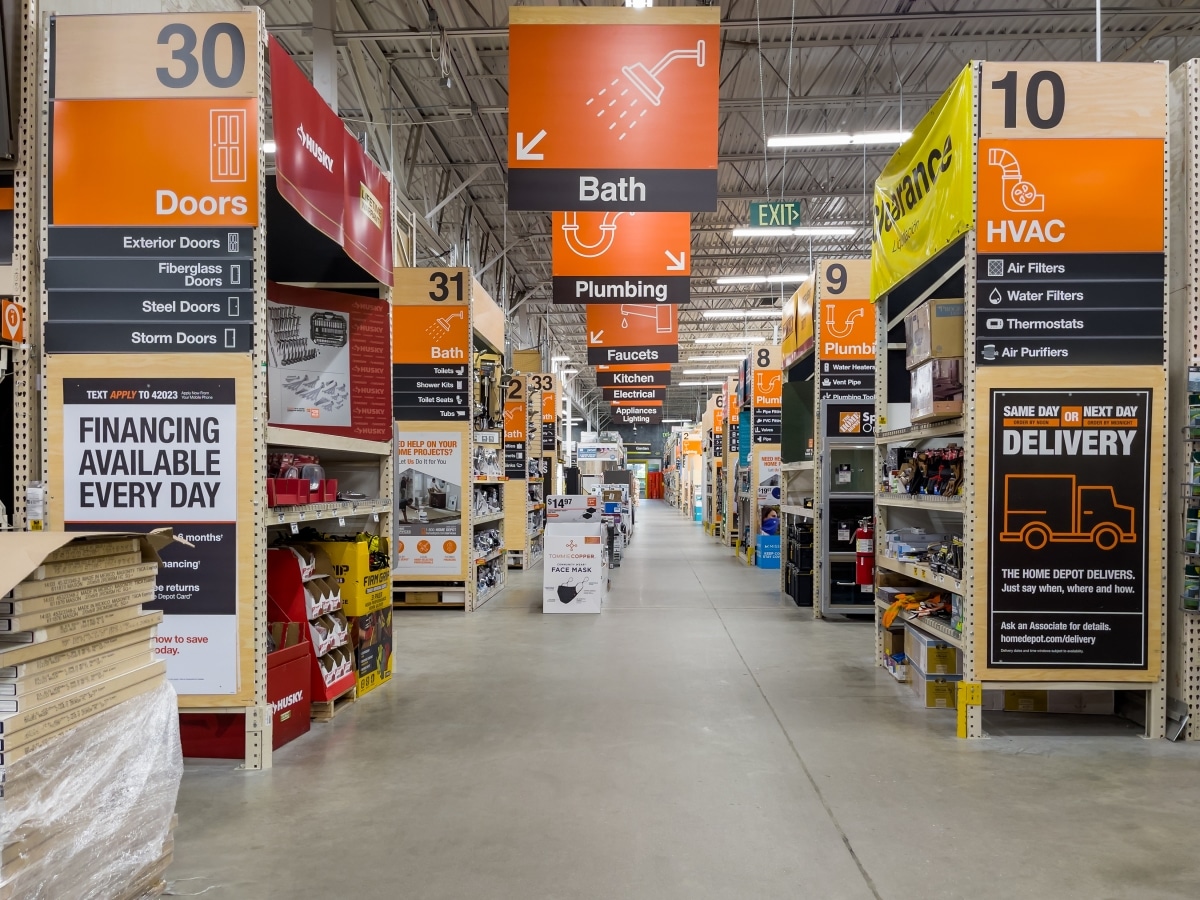The layout of big-box stores like Walmart strikingly mirrors the street grid of classic small towns. While malls were intentionally designed to resemble urban downtowns, Walmart and similar stores, despite their industrial look, have unintentionally taken on the essence of classic downtowns by consolidating various businesses under one roof. This consolidation not only centralizes economic power but also offers the convenience of a car-free urban shopping experience, though devoid of the community essence of a real Main Street.
Key Points:
- The interior of many Walmart stores looks like the street grid of a classic small town, consolidating multiple business types under one roof, on a large, suburban property.
- The concept of commercial spaces resembling city structures is not new; malls were designed after urban downtowns to be weather-free and traffic-free miniature cities.
- Walmart, with its bare-bones design and utilitarian atmosphere, still replicates the essence of a town not just in layout but also in its consolidated business model.
- Despite the stark difference from actual cities, big-box stores like Walmart offer a safer, more convenient car-free shopping experience similar to walking in urban downtowns.
- The essence of walkable, consolidated commerce in big-box stores suggests a universal preference for this type of shopping experience, which ironically has contributed to the decline of real small-town Main Streets.





![The ornamental hermit [spanish moss] is hanging.Thailand](https://www.sofx.com/wp-content/uploads/2023/07/Optimized-shutterstock_1070744432-75x75.jpg)
